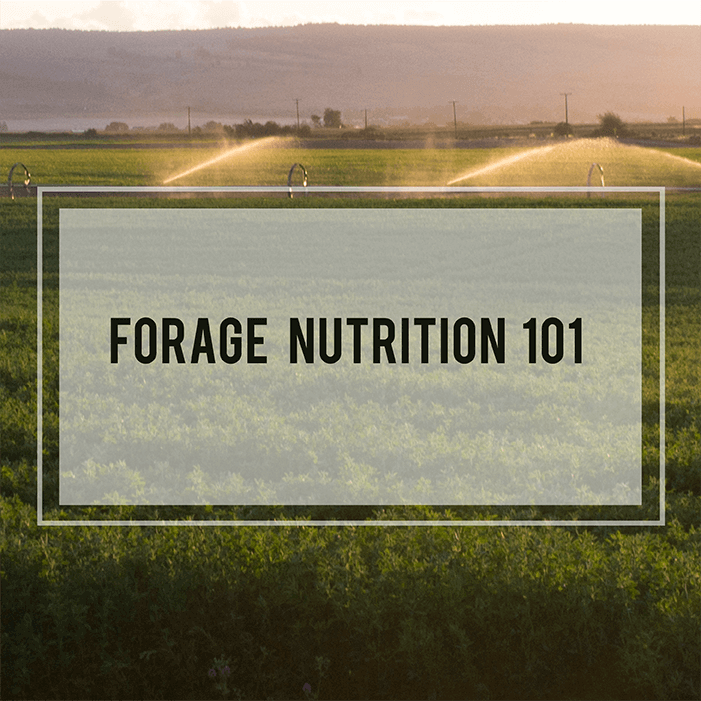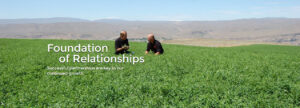Success in the agriculture industry starts with the quality of your forages. They need to deliver optimal levels of protein, minerals, fiber, and other essentials to establish the most accurate measurement of feed quality: animal productivity. Many factors weigh into whether forages are good, better or best – such as climate, soil conditions, and the harvesting process. Consider all of these aspects when choosing a supplier to ensure that you receive the highest quality forage possible.
One measure of quality in forages is the percentages of Acid Detergent Fiber (ADF) and Neutral Detergent Fiber (NDF) they contain. The levels of ADF and NDF are critical because they impact animal productivity and digestion. This primer on Acid Detergent Fiber & Neutral Detergent Fiber will help you understand the importance of these components and how percentages vary depending on maturity of the plant.
What are ADF and NDF in forages?
ADF is a measure of the plant components in forages that are the least digestible by livestock, including cellulose and lignin. ADF increases digestibility decreases, so forages with high ADF concentrations are typically lower in energy.
A plant’s structural components are the source of NDF, specifically the cell walls. NDF relates to free-choice by livestock because it provides low-calorie filler. You generally want to choose forages with low NDF percentages because these levels increase as forages mature.
How are ADF and NDF measured?
These percentages are measured in a laboratory setting. The ADF percentage is measured by boiling forage in an acid detergent solution, then measuring the residue remaining. In the same way, NDF is measured by boiling the forage in a neutral detergent solution, then measuring the insoluble residue.
Why are ADF and NDF important?
Together, ADF and NDF factor into the crude fiber of forages, which is the measure of total fiber content. It’s helpful to know ADF and NDF percentages because they can accurately predict forage intake as it relates to bulk; in other words, how much an animal will eat before its stomach is full and it stops eating. These figures are also key for measuring energy levels and animal performance.
What percentages of ADF and NDF are found in different types of forages?
The percentages of ADF and NDF in Alfalfa depend upon the cutting:

ADF and NDF in grasses (such as Timothy) also vary by age:

Forage Nutrition 101: Additional Resources
There are factors in addition to ADF and NDF when reviewing forage quality. Read more of the blogs in our Forage Nutrition 101 blog series to learn more:
The levels of these components may vary considerably in products sourced from different growers and locations To be sure you’re obtaining high-quality forages, work with a supplier that has an established reputation in the agriculture industry.
Visit our products page to find the forage that is right for you and your livestock nutrition needs!
Sources:
http://www.foragetesting.org/files/InterpretingFQReport.pdf
http://extension.psu.edu/animals/camelids/nutrition/what-is-forage-quality-and-how-does-it-effect-a-feeding-program
http://www.foragelab.com/Media/understanding_Your_CVAS_Forage.pdf


